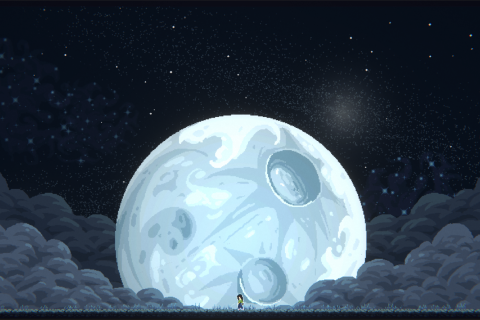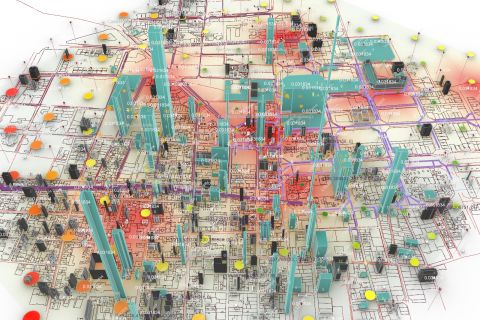Bezalel News
חדשות בצלאל
أخبار بتسلئيل
Industrial Design and War
The exhibition “Victor Papanek: The Politics of Design" at the Vitra Museum, in 2019 displayed not only one of the world’s most prominent designers of the 20th century, but also the idea that design is political. One of Papanek’s famous sayings was: “There are professions more harmful than industrial design, but only a few”. Proclaiming that designers must acknowledge the power of design, he explained how harmful it can be to both man and environment, when not done wisely. With this provocative claim he meant to say that the designer bears great responsibility towards society and the environment and that the act of designing must be innovative, different and radical in order to contribute to the environment. According to Papanek, designers should assist third world countries in creating ecological designs and sustainable development as well as being active in the anti-capitalist struggle. Being a political designer, Papanek would certainly have supported the work of Ukrainian designers today.
When Russia declared war on the Ukraine, interior designer Olga Terefeyeva soon left Kyiv and moved back to her hometown for security reasons. There, she began reaching out to designers and manufacturers across Ukraine, to explore the ways in which they could contribute to the war effort. Since some designers had sufficient metal supplies and access to the necessary equipment for cutting and welding, and others could offer transport, they decided to design and create anti-tank barriers known as "Czech hedgehogs", in order to help stop the Russian advance.
In the 1930s, the "hedgehogs" were first used as Czechoslovak border fortifications against the German invasion. They consist of two or three pieces of coiled steel (often from old train rails or structural beams) welded together to form a construction that stands on three supportive “legs” while three other spikes stick up in the air. When grouped together, they create a firm and effective barrier to stop armored vehicles by getting stuck underneath the tank or puncturing the armored vehicle’s wheels. They are especially effective for conducting ambushes. Since the Ukrainian soldiers know where the "hedgehogs" are positioned, they can lurk nearby and open fire when the tanks suddenly stop.
Olga did not act alone - she consulted her brother, an officer in the Ukrainian army and engaged many designers such as Volodymyr Nepiyvoda from the Ukrainian design group “YOD” and the metal designer Tolik Kryvanych who invented their own versions of the "Czech hedgehog". Their hedgehogs were sent to Ukrainian forces on the Russian front.
Prof. Ory Bartal
Lecturer in the Department of Visual and Material Culture










